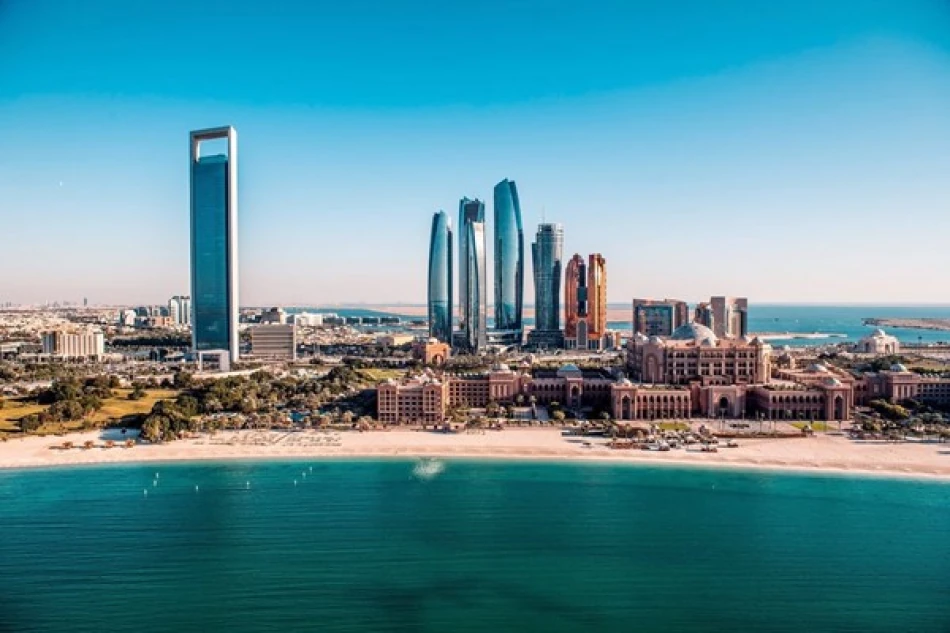
Discover the UAE's Remarkable Summer: Exceptional Tourism, Unparalleled Safety and Security
UAE Transforms Summer Tourism Despite Desert Heat, Achieving 70% Hotel Occupancy
The United Arab Emirates has successfully rewritten the playbook on summer tourism in the Middle East, turning what was traditionally the region's off-season into a thriving period that attracts global visitors. With hotel occupancy rates reaching 60-70% in July and early August—figures that rival many destinations' peak seasons—the UAE demonstrates how strategic investment in infrastructure and cultural programming can overcome natural climate challenges.
Breaking the Summer Tourism Paradox
Historically, Gulf states have struggled with summer tourism due to extreme temperatures often exceeding 45°C (113°F). The UAE's transformation represents a fundamental shift in regional tourism strategy, moving away from outdoor-dependent activities toward comprehensive indoor entertainment ecosystems supported by world-class air conditioning infrastructure and covered attractions.
Sheikh Dr. Saeed bin Tahnoon bin Mohammed Al Nahyan emphasized that the UAE is experiencing an "exceptional summer tourism season," highlighting the country's evolution into a global destination that combines modernity, comfort, and security within an integrated environment offering all elements of premium tourism.
Strategic Infrastructure Investment Pays Off
The UAE's success stems from massive infrastructure investments over the past two decades. Major shopping centers like Dubai Mall and Mall of the Emirates, indoor theme parks such as IMG Worlds of Adventure, and climate-controlled cultural venues have created a parallel tourism ecosystem that operates independently of weather conditions.
This approach contrasts sharply with traditional summer destinations like Greece or Spain, where outdoor activities drive tourism. Instead, the UAE has created what industry analysts call "climate-independent tourism infrastructure."
Multi-Emirate Festival Strategy Drives Visitor Numbers
The summer campaign extends across all seven emirates, with each offering distinct cultural and entertainment programming. Abu Dhabi's Liwa Date Festival attracted 144,685 visitors in its 21st edition, while Dubai's "Summer Surprises" campaign runs through August 31, offering shopping experiences, prize draws, and cultural activities.
Sharjah focuses on commercial and retail activation, creating what officials describe as "unique shopping experiences" that combine cultural heritage with modern retail concepts.
Sports Tourism as a Differentiator
The UAE's summer sports tourism strategy represents another calculated move. The sixth World Youth Mixed Martial Arts Championship in Abu Dhabi drew over 1,000 athletes from 60 countries—demonstrating how indoor sporting venues can attract international events during traditional off-seasons.
This mirrors Singapore's successful model of hosting major indoor events during monsoon season, though the UAE's scale and investment levels significantly exceed the city-state's approach.
Market Implications for Regional Tourism
The UAE's summer tourism success creates competitive pressure across the Gulf Cooperation Council. Saudi Arabia's Vision 2030 tourism goals and Qatar's post-World Cup tourism strategy must now account for the UAE's year-round appeal rather than competing solely during winter months.
For international hotel chains and tourism investors, the UAE model demonstrates the viability of counter-seasonal tourism investment in challenging climates. The 60-70% occupancy rates during peak summer suggest strong return on investment for properties designed around climate-controlled experiences.
Safety and Stability as Competitive Advantages
Beyond infrastructure, the UAE leverages its consistently high global safety rankings to attract family tourism during summer months when many competing destinations face security or political challenges. This stability factor becomes particularly valuable for family travelers seeking predictable, secure vacation experiences.
The emphasis on tolerance and cultural openness creates additional appeal for diverse international visitors, positioning the UAE as a cultural bridge destination that accommodates various traditions and preferences within a single travel experience.
Sustainable Tourism Development Model
The UAE's approach represents a sustainable tourism model that reduces dependence on seasonal fluctuations—a critical advantage as global travel patterns become increasingly unpredictable due to climate change and geopolitical factors.
By creating year-round appeal, the UAE achieves better utilization of tourism infrastructure, more stable employment in hospitality sectors, and reduced vulnerability to external shocks that might affect traditional peak seasons.
This transformation from climate-challenged destination to year-round tourism hub offers valuable lessons for other regions facing similar environmental constraints, suggesting that strategic infrastructure investment and cultural programming can overcome natural disadvantages in the global tourism marketplace.
 Layla Al Mansoori
Layla Al Mansoori







